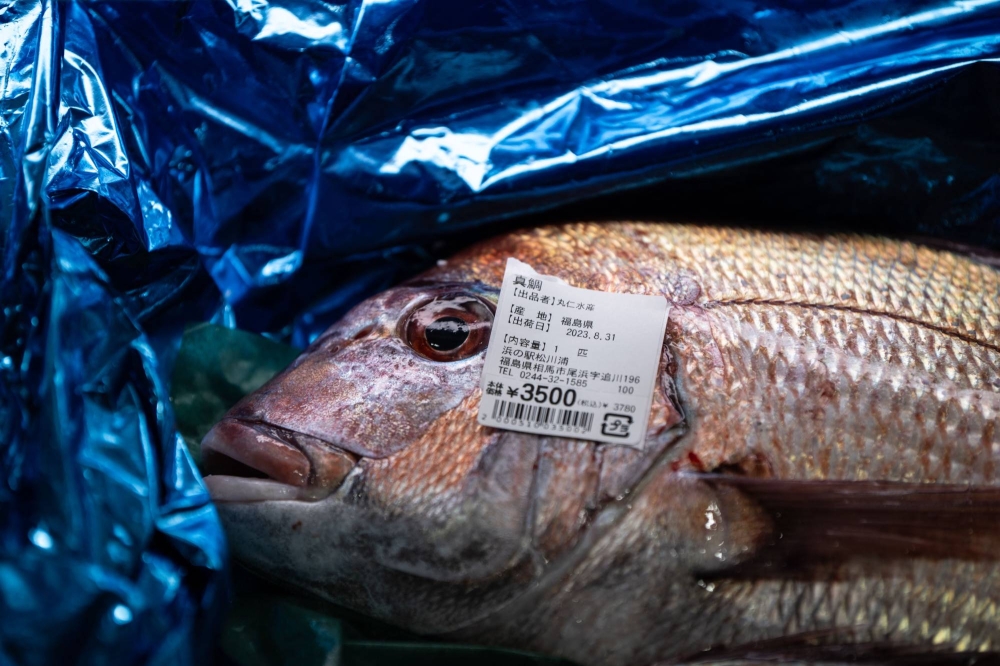No detectable amount of tritium has been found in fish samples taken from waters near the crippled Fukushima No. 1 nuclear plant, where the discharge of treated radioactive water into the sea began a month ago, the government said Monday.
Tritium was not detected in the latest sample of two olive flounders caught Sunday, the Fisheries Agency said on its website. The agency has provided almost daily updates since the start of the water release, in a bid to dispel harmful rumors both domestically and internationally about its environmental impact.
The results of the first collected samples were published Aug. 9, before the discharge of treated water from the complex commenced on Aug. 24. The water had been used to cool melted nuclear fuel at the plant but has undergone a treatment process that removes most radionuclides except tritium.



Sample size is critical to get a realistic result of the tritium toxicity. In this case, they sampled only 64 fish! That would not yield a statistically significant result!
I mean… you could have read the article.
But then they wouldn’t be able to bitch!
I mean, you are correct, it was not two fish. But is 64 fish some sort of good sample size?
Follow up question: does this type of thing accumulate in small fish and then concentrate in larger and larger fish?
Given the results, it is significant.
No, tritium is treated by organisms just like normal H2O, bioaccumulation is no problem.
I love when people tell on themselves for not knowing a thing about statistics.
Yes, it’s more than enough.
I don’t know the answers to those questions, as I am not a nuclear scientist. But the nuclear scientists seem to think so.
In any case, I think those are good questions. Those are the kind of good questions we get when people read the articles.
What number, in specific, would be a sample size you would accept?
Source?
Read the article again, moron
From the ORIGINAL article, before the 9/26 edit: “Tritium was not detected in the latest sample of two olive flounders caught Sunday, the Fisheries Agency said on its website.” Here is a link to the pre-edit article saying 2 fish: https://english.kyodonews.net/news/2023/09/c798a431682e-no-tritium-found-in-fish-1-month-after-fukushima-water-release.html